Nature, our loving Mother, generously nourishes our soul and body
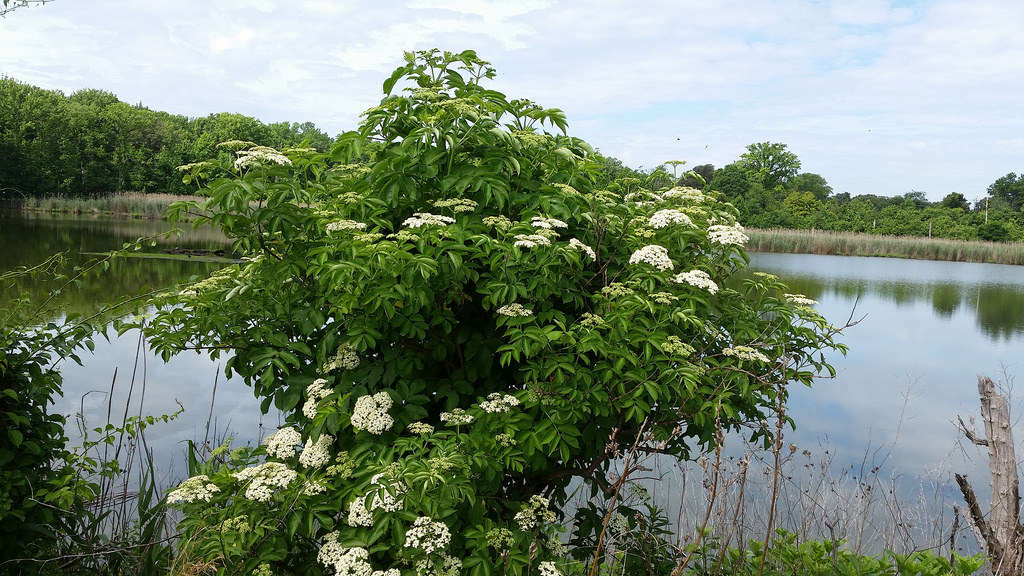
Nature is our caring loving Mother. We are born in its bosom. Nature nourishes us, inspires, heals, brings us joy and deep inner peace.
Nature reveals to us the true meaning of being as a harmonious unity of all kind people, kind animals and plants. Nature gives us a wonderful example of life as selfless service to each other. It mysteriously calls us to follow its example, to see and experience the inexpressible joy of selfless service.
True knowledge of nature evokes in us a feeling of deep respect and admiration for its infinite divine wisdom.
Everything in nature is harmoniously arranged. Every plant in every corner of the world gives people, animals and all kind creatures living there what they need for a healthy and happy life.
Let’s look from this point of view at the plant world of Southeastern and Mid-Atlantic regions of the US. How beautiful, diverse and caring about people this plant world is!
Southeast
One of the more intriguing plants native to the Southeast is the Persimmon, also known as the Date plum. It is found in clearings, meadows, fields and dry woods or pine lands and has small yellow-orange to orange-red fruits which sometimes look like a miniature pumpkin.
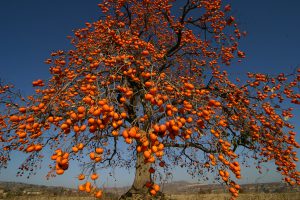
The fruit can be eaten dry, cooked or raw, and are quite sweet due to high glucose content, though they are not as tasty before they are properly ripe. Many suggest waiting until after the first frost to pick persimmons, and many also advise avoiding the skin entirely.
Wild strawberry (Fragaria viriniana) grows along trails and roadsides, embankments, hillsides, meadows, young woodlands, sparse forest, woodland edges, and clearings.

Evidence from archaeological excavations suggests that Fragaria vesca has been consumed by humans since the Stone Age.
Woodland strawberry fruit is strongly flavored, and is collected for food and used as an ingredient in jam, sauces, and alternative medicine.
Arrowhead, Sagitraria latifolia, is found among canals and shallow water. its fruits are small, ranging from a half inch to an inch and a half in diameter, and grow in trailing vines and produce small white flowers with five rounded petals.
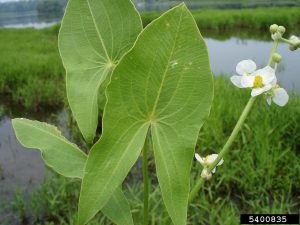
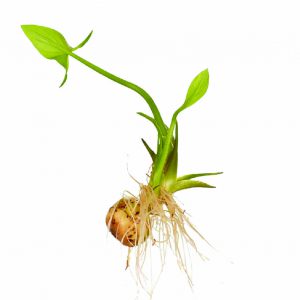
To harvest, one usually wades in shallow water for the arrow-shaped leaves and pulls up the tuber of the plant which resembles a potato. It can be used as a potato, as well, and can be peeled, roasted or diced.
Wild onion, Allium Canadense, is closely related to wild garlic. It is good for immune system support. Wild onion is often found in meadows, fields, moist or shady woods and thickets. Its leaves are long, flat, and grassy looking. It can grow two feet tall with pink or white flowers at the end, which turn into the bulbs. These are best gathered in early spring, and used to cook with or made into pickled onions.

The American Elderberry (Sambucus nigra ssp. canadensis) is a common, widespread shrub with clusters of white flowers and many small black or purple berries. Elderberries, inedible when fresh and raw, are used instead for making jelly, preserves, and pies.
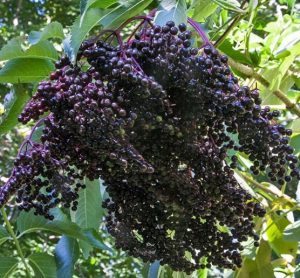
Mid-Atlantic
Pawpaws (Asimina triloba) were enjoyed by Native Americans and early settlers in this region. With enough sun, trees can grow up to 40 feet, though most are the size of shrubs between 8-20 feet tall. The fruit, which resembles a stubby banana and grows in a cluster, is also called custard apple. It’s yellowish-green until late fall, when it matures and darkens to nearly black. This is when the fruit should be picked. Pawpaws are rich in vitamins A and C.

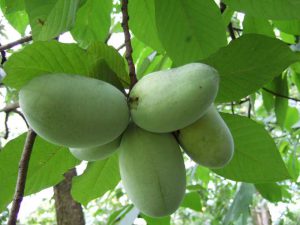
Yucca is a genus of perennial shrubs and trees. Among its 40–50 species are Yucca aloifolia, Yucca baccata, Yucca filamentosa, Yucca filiferaare and others.
The plant is notable for the rosettes of evergreen, tough, sword-shaped leaves and large terminal panicles of white or whitish flowers.

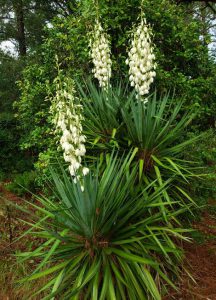
Yucca has large fruits which can be collected when ripe in late summer and roasted on coals.
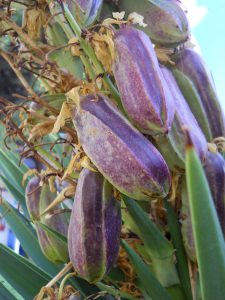
Yucca fibers are still added to cotton in the production of jeans – this increases the resistance of jeans to wear. Yucca filamentous fibers are also used in the production of rope and paper.
Wild Asparagus (Asparagus officinalis) is a tough perennial that withstands poor sandy soils. It flowers in May to mid-June on long feathery stems, but should be harvested before that stage. In early spring the tender thin shoots between 6 and 12 inches tall can be harvested.
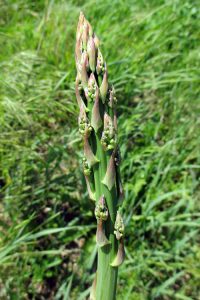
Prickly Pear is a common native edible. Its leaves, flowers, stems, and fruit can be eaten at any time of the year.
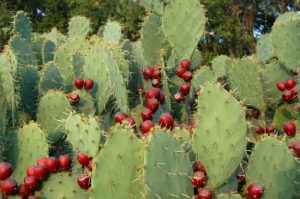

Prickly pear cactus is eaten whole (boiled or grilled).
Persimmon, previously described as native to the Southeast, can also be found in the Mid-Atlantic region.
































